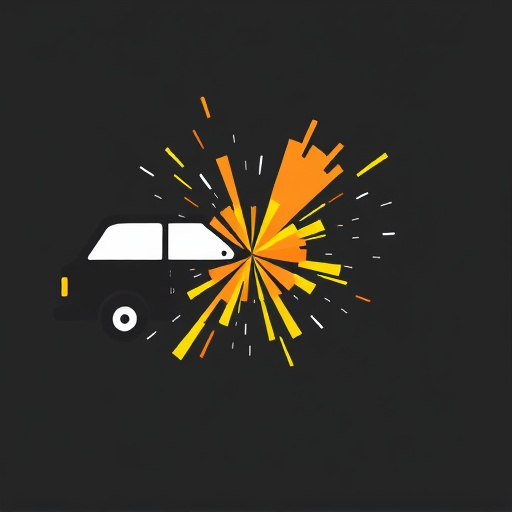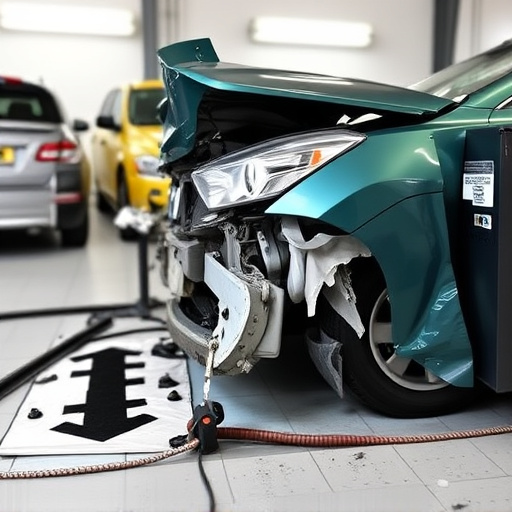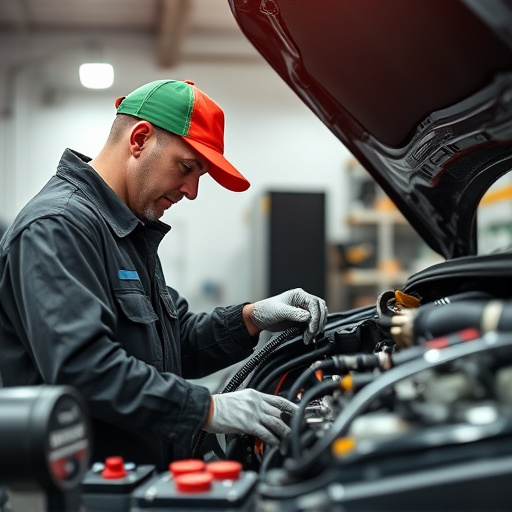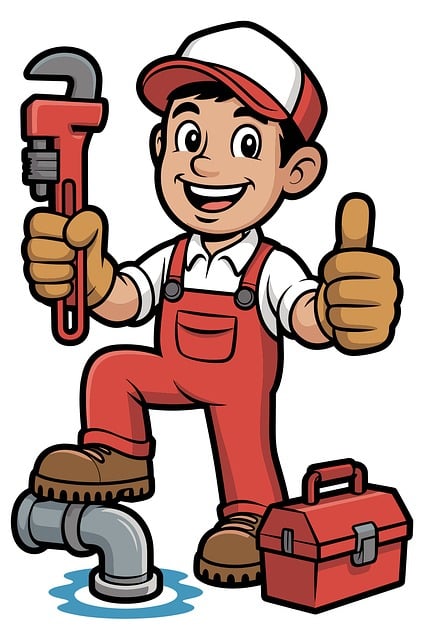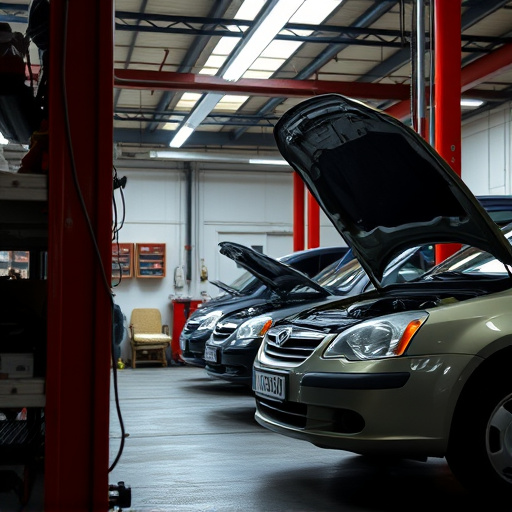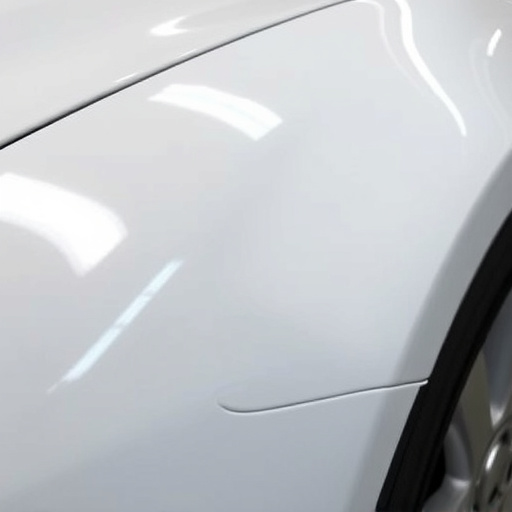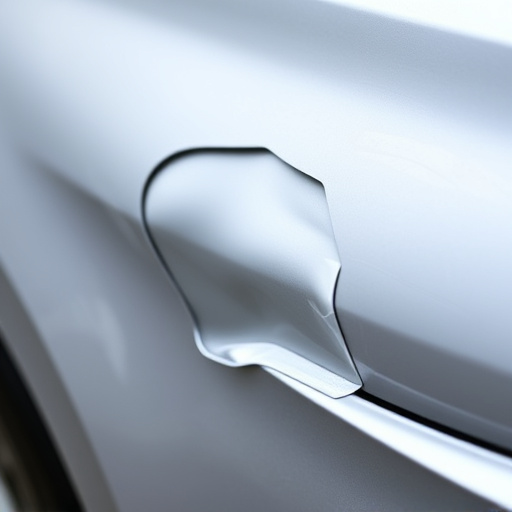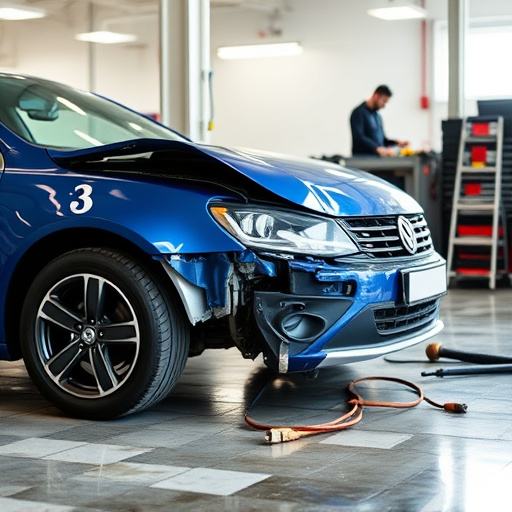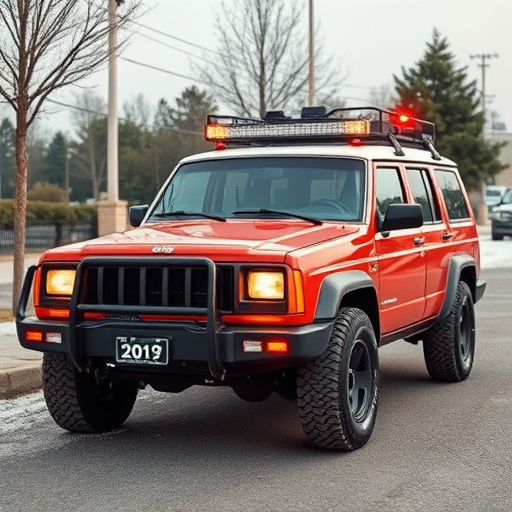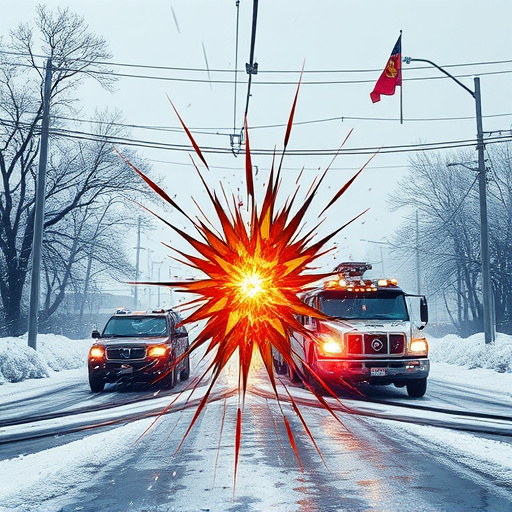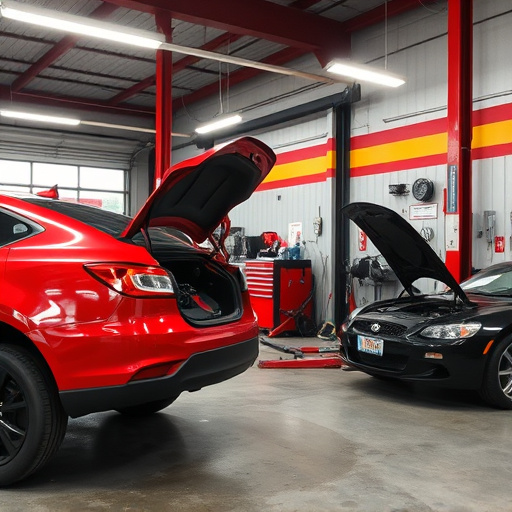A meticulous initial survey by professionals is crucial in fallen tree damage repair, assessing structural elements and vehicle bodywork to determine repair scope, uncover hidden issues, and ensure safe restoration for properties and vehicles. Advanced tools like laser measures and 3D scanners capture dimensions accurately, combining technological precision with traditional craftsmanship to address complex damage patterns. Reputable services offer a comprehensive approach, harmonizing solutions with the environment by assessing structural integrity and ecosystem impact, efficiently mitigating risks associated with large debris during cleanup and restoration efforts.
When a tree falls, it can cause significant structural damage to homes and other properties. Effective fallen tree damage repair requires precise calibration to ensure safety and restore balance. This article explores the crucial process of calibrating tree damage repair work, from assessing initial survey data to implementing tailored solutions. Discover how specialized tools and techniques are employed to accurately gauge damage and select appropriate restoration methods, ensuring both structural integrity and aesthetic appeal in the aftermath of a fallen tree.
- Assessing Fallen Tree Damage: Initial Survey
- Calibration Tools and Techniques for Repairs
- Restoring Balance: Implementing Calibrated Solutions
Assessing Fallen Tree Damage: Initial Survey
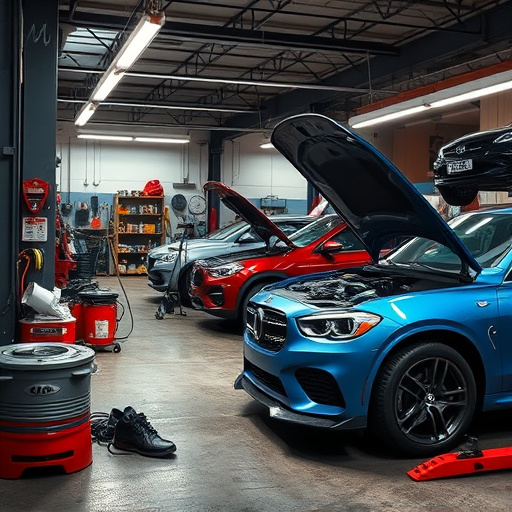
When dealing with fallen tree damage repair, the initial survey is a critical step that involves meticulously assessing the extent and type of destruction caused by the falling tree. This process requires skilled professionals to inspect every angle and surface affected, from the main structural elements of buildings and properties to the more intricate components like vehicle bodywork and car paint services.
The survey not only helps in understanding the scope of the damage but also guides the subsequent steps in the repair process. It’s during this phase that experts identify any hidden issues or potential hazards, ensuring a safe and effective restoration plan is put in place for both properties and vehicles affected by the fallen tree damage.
Calibration Tools and Techniques for Repairs
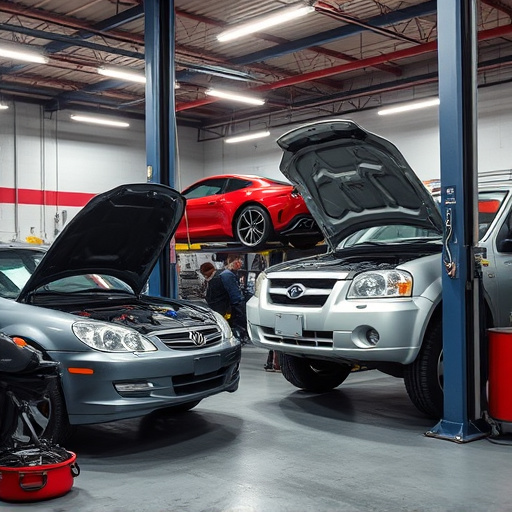
In the realm of fallen tree damage repair, accurate calibration is paramount to ensuring structural integrity and aesthetic restoration. Professionals rely on a suite of calibration tools tailored for the unique challenges posed by nature’s force. These include laser measures, digital calipers, and advanced 3D scanning technologies that capture precise dimensions and shapes, even in hard-to-reach areas. By merging traditional craftsmanship with these modern techniques, repair experts can accurately assess and address intricate damage patterns from fallen trees, be it splintered limbs or upended trunks.
Effective calibration goes beyond measurement; it involves mastering various repair techniques like composite material application, metal welding, and wood laminating. Collision repair principles, often applied in auto body shops for car collision repair, are transposed to stabilize and reshape damaged tree structures. Reputable collision repair services specializing in fallen tree damage repair offer a holistic approach, combining technological precision with skilled craftsmanship to restore trees to their former glory while ensuring safety and structural soundness for years to come.
Restoring Balance: Implementing Calibrated Solutions
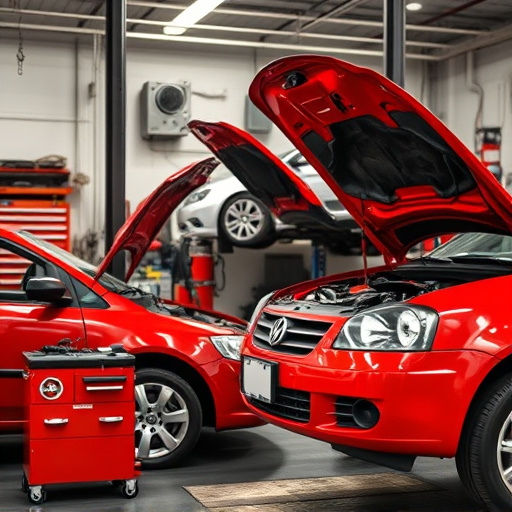
When it comes to fallen tree damage repair, restoring balance isn’t just about physical structures; it’s about calibrating solutions that harmonize with the environment. After a storm or natural event leaves behind significant tree damage, the process of repair requires meticulous calibration to ensure stability and aesthetics. This involves assessing not only the structural integrity of buildings but also the surrounding ecosystem, especially in urban areas where trees are integral to the cityscape.
Calibrated solutions in fallen tree damage repair consider the unique challenges presented by different types of debris, from branches and limbs to uprooted trees. Professionals in this field utilize specialized equipment and techniques tailored for dent removal and vehicle repair services, similar to how automotive repair services approach damaged cars. By employing these calibrated methods, they can efficiently mitigate risks associated with large debris, ensuring safety during cleanup and subsequent restoration efforts.
In the realm of fallen tree damage repair, proper calibration is a game-changer. By accurately assessing the initial survey, utilizing advanced calibration tools and techniques, and implementing calibrated solutions to restore balance, professionals can ensure optimal outcomes for both property and environmental integrity. This meticulous approach, highlighted in our discussion on calibration handling, underscores the importance of precision in tree damage repair work.
